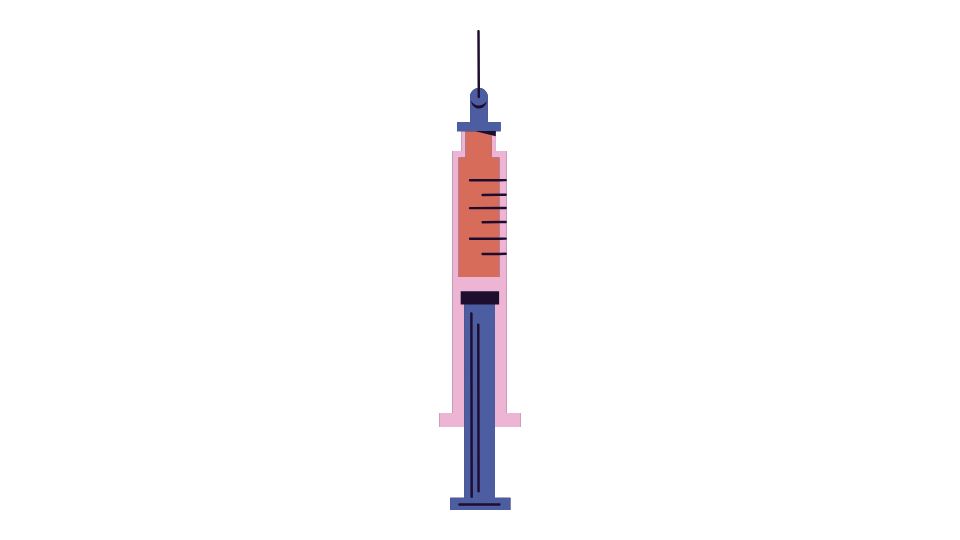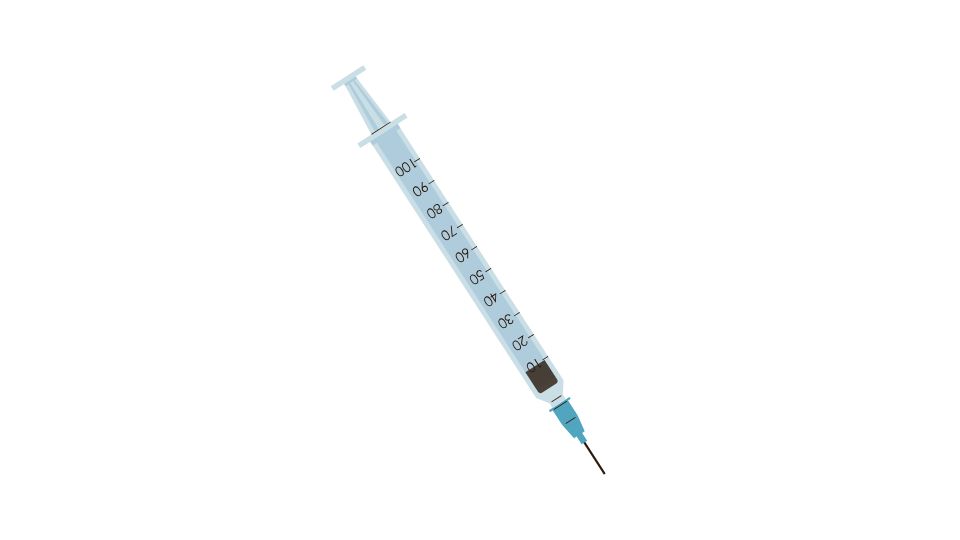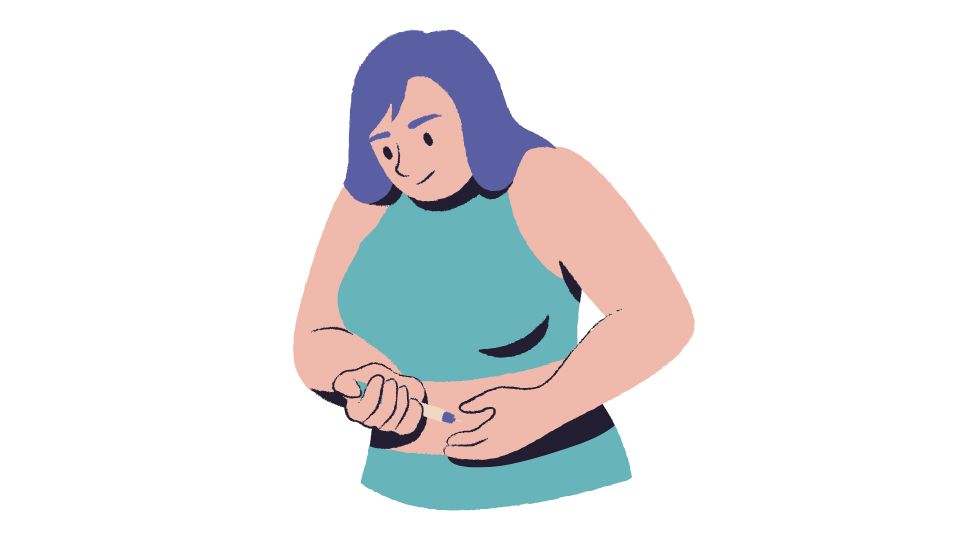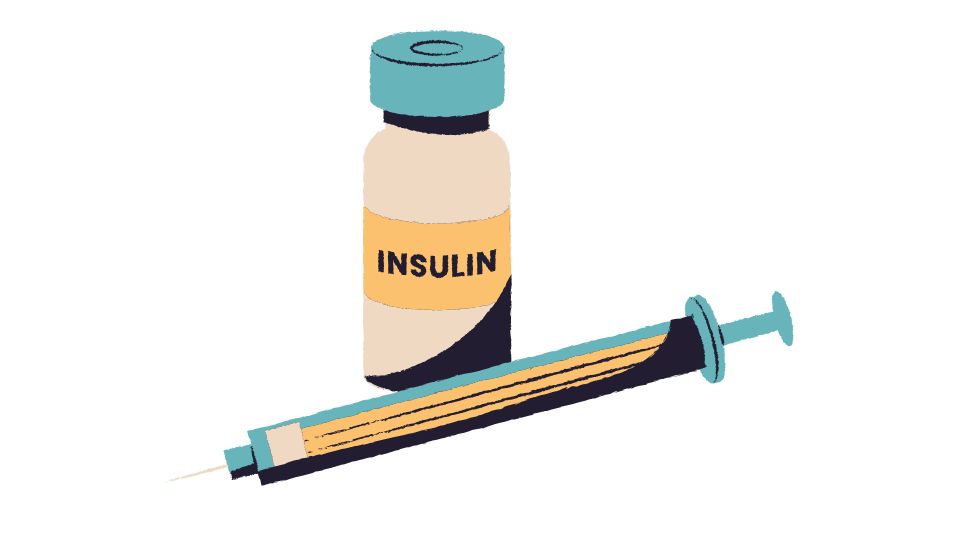Why meal tracking is your secret weapon against insulin resistance
Insulin resistance is no joke. It’s the condition where your body’s cells stop responding properly to insulin, causing your blood sugar to rise and putting you at risk for type 2 diabetes, unwanted weight gain, and heart problems.
But here’s the good news: meal tracking might be one of the most powerful tools in your arsenal to fight back.
And I’m not just talking about counting calories (though that can help). I’m talking about understanding exactly how the foods you eat affect your blood sugar and insulin response.
Because when you’re insulin resistant, that bowl of “healthy” oatmeal might spike your blood sugar through the roof, while your friend can eat it with no problem.
Everyone’s body responds differently. Which is exactly why tracking is so valuable.

Why Meal Tracking Is a Game-Changer for Insulin Resistance
Meal tracking for insulin resistance goes beyond just writing down what you eat. It’s about connecting the dots between your food choices and how your body responds.
The real magic happens when you combine meal tracking with continuous glucose monitors (CGMs) that show your blood sugar levels in real time. This combo gives you personalized insights that generic diet advice never could.
Imagine seeing exactly how that “healthy” granola bar sends your glucose levels skyrocketing, while a snack with more protein and fat keeps things stable. That’s powerful information!
The Benefits You’ll Actually Notice

You’ll spot your personal trigger foods – That “healthy” sweet potato might spike your blood sugar while your spouse can eat it with no problem. Tracking helps you identify YOUR specific triggers.
You’ll balance your macros better – Finding the right mix of carbs, proteins, and fats is crucial. Too many carbs at once? Blood sugar rollercoaster. Tracking helps you nail the balance that keeps your energy steady.
You’ll discover the power of meal timing – Eating earlier in the day and extending your overnight fast (called early Time-Restricted Feeding) has been shown to improve insulin sensitivity. Tracking helps you stick to optimal timing.
You’ll connect the dots with lifestyle factors – Stress, poor sleep, and lack of exercise can all tank your insulin sensitivity. When you track these alongside your meals, patterns emerge.
You’ll lose weight more effectively – Since high insulin levels promote fat storage, tracking that focuses on stable blood sugar (not just calories) can lead to more sustainable weight loss.
How to Track Your Meals Like a Pro
For the best results with insulin resistance, make sure you’re tracking:
- Macronutrients – Not just calories, but the breakdown of carbs, fats, and proteins
- Meal timing – When you eat can be just as important as what you eat
- Blood glucose data – If you have a CGM or glucometer, correlate meals with your readings
- Portion sizes – Be honest about quantities (this matters!)
- Lifestyle factors – Sleep quality, stress levels, and exercise all affect insulin sensitivity
The goal isn’t perfection – it’s gathering information about YOUR body so you can make better decisions.
The Best Tools for Tracking When You’re Insulin Resistant

Several apps now make tracking easier than ever, especially for managing insulin resistance:
MealByMeal: This text-based meal tracking service lets you simply text what you eat and automatically tracks calories and macros. Super simple for people who hate logging in apps. Check out how it works here.
SNAQ: Uses AI to recognize foods and shows how meals affect your glucose curve. Great if you use a CGM and want to understand food impacts better.
UndermyFork: Connects directly to CGM data and lets you snap food photos to correlate meals with glucose changes. Visual tracking makes this easier for many people according to studies on meal logging compliance.
Glucose Buddy: Integrates glucose tracking with food journaling to give you a complete picture of your metabolism.
Practical Tips That Actually Work

Be consistent – Don’t just track when you’re eating “perfectly.” The not-so-great meals give you valuable data too!
Experiment with meal timing – Try early time-restricted feeding (eating all meals earlier in the day) and track the results. Research shows this can significantly improve insulin sensitivity.
Use photos – Taking pictures of meals helps with portion estimation and makes tracking less tedious.
Track before and after exercise – See how movement impacts your glucose levels after meals (it usually helps a lot!).
Don’t obsess over perfection – Some tracking is WAY better than no tracking. Even tracking just 3-4 days a week gives you valuable insights.
Why CGMs Are Worth Considering

Continuous Glucose Monitors (CGMs) take meal tracking to a whole new level. These small sensors worn on your arm or abdomen give you real-time data on how your blood sugar responds to everything you do.
Unlike finger pricks that give you a single reading, CGMs show you the whole story – the peaks, the valleys, and everything in between.
With a CGM, you might discover that:
- Walking after meals cuts your glucose spike in half
- Eating the same foods in a different order changes your blood sugar response
- Stress from that work meeting raises your glucose more than a cookie
Even if you don’t have diabetes, CGMs can be incredibly valuable for managing insulin resistance. They turn abstract advice into personalized insights that actually apply to YOUR body.
The Bottom Line
Meal tracking is like having a superpower when you’re dealing with insulin resistance. It transforms generic health advice into personalized strategies that work for YOUR unique metabolism.
When combined with tools like CGMs and user-friendly apps, tracking gives you the data you need to make small, sustainable changes that can dramatically improve insulin sensitivity over time.
Is it a magic bullet? No. But it’s probably the closest thing we have to one when it comes to understanding and managing insulin resistance effectively.
The best part? You don’t need to track forever. Once you learn your patterns and establish better habits, you can ease up on the detailed tracking and just check in occasionally to stay on track.
Your future self – with better energy, more stable moods, and improved metabolic health – will thank you for starting now.




Leave a Reply